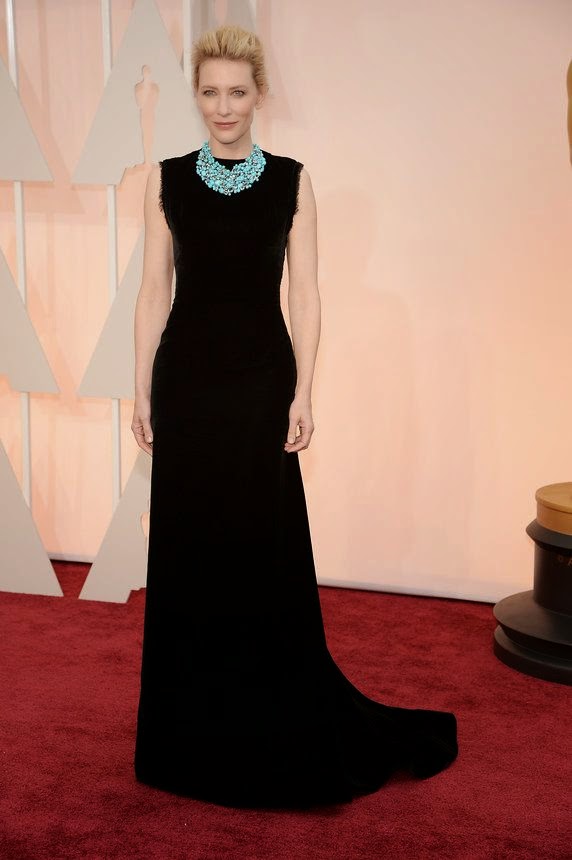Weary business travelers have an unsaid camaraderie about them when they see each other at the end of the day waiting impatiently for a delayed flight, picking up souvenirs for the family to avoid the guilt of being away. Some have the ‘feeling important’ look, being the special chosen ones from their company to travel for a meeting. Some like to look busy, barking away orders on the phone. Others quietly retire into a corner with their laptops either keeping up with their emails or their reading. It is fun to watch and observe.
As you may have guessed, I’ve been travelling on work for many years now. Here are some tips I’d like to share based on my observations:
- Pack well – Pack only what you need but do pack an extra set of clothes. You could allot some space if you like to shop for local stuff like traditional arts and crafts or even souvenirs. Try and pack clothes that will not get crumpled. You could carry a travelling iron. It’s also okay to use the hotel laundry to have your clothes ironed. I carry separators that I put in space saver bags between clothes so they don’t move too much or crumple.
- Dress professionally - It is important to look your best for meetings. Dress professionally and carry a combination of clothes you can mix and match if you are staying over a few days. You could carry an evening shirt or blouse if you think you may need to go out for dinner.
- Maps and addresses - You have set your appointments but make sure you have the updated office addresses and phone numbers in place before going to meetings. Map distances between meetings and the approximate time it will take. Keep in mind your phone just may not find good network signal in that city or may run out of battery. Carrying a backup battery or power bank may come in handy
- Rental car – make sure your car arrangements have been decided before you land and the driver knows the locations you need to visit. I’ve asked for a change of driver if I’m not happy with the one I get for whatever reasons. Do tip the driver when he drops you back.
- Hotel etiquette - If we are nice to hotel staff, they are nice to us. This is even more important if you are a frequent guest at the hotel. So what if the company’s footing the bill. We need to behave well and follow the right etiquette. Tip the staff well. Do take time to give feedback when the hotel asks for it so they keep in mind your needs when you visit next.
- Safety precautions – we need to take adequate safety precautions when we travel to a new place. Don’t stay out late by yourself without having checked if it is safe to do so. Go out with people or friends you know. Ladies need to be extra cautious and on alert when travelling to a new city. I’ve refused to stay at hotels I’m not comfortable in. I’ve asked for a change of car drivers if I’m not comfortable.
- Eat light & keep hydrated – One doesn’t have time to eat when one has a packed day running from one meeting to another but it’s important to eat well, eat light and stay hydrated to avoid feeling tired. Carry a snack or a fruit when you leave the hotel in the morning to take care of hunger pangs.
Why don’t you share your tips as well?














































